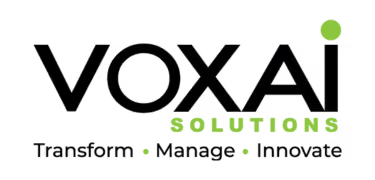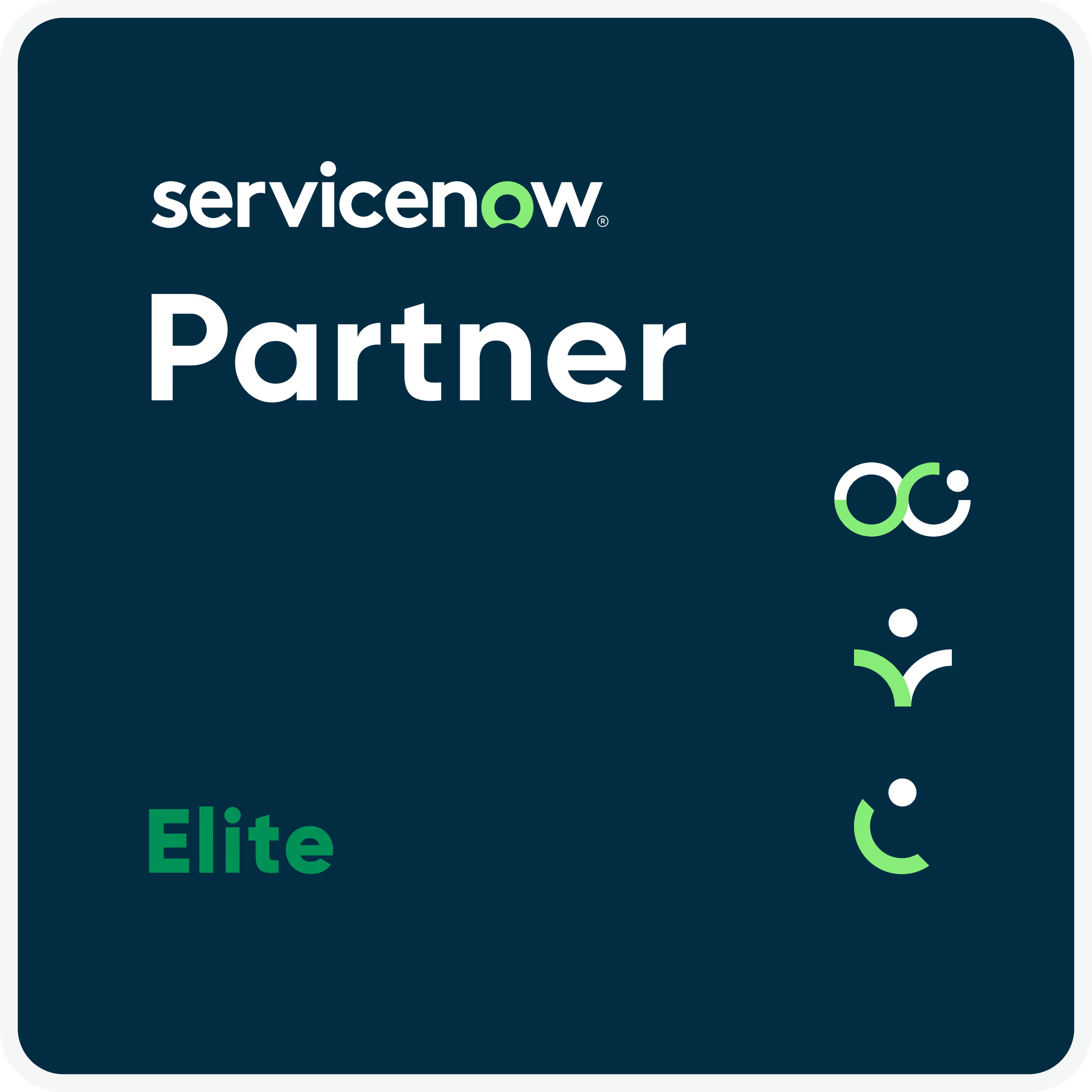Introduction: The Alignment Challenge
Many organizations invest in ServiceNow expecting rapid transformation; yet the disconnect between business objectives and platform capabilities often delays value realization.
Success comes down to one question: Can you translate strategic intent into actionable capabilities within ServiceNow?
1. Start with the “Why”: Define Business Objectives Clearly
Before opening a ServiceNow module or workflow, ensure clarity on strategic intent.
- What are the organization’s priorities this year (e.g., operational efficiency, compliance, employee experience)?
- Which business outcomes define success (e.g., reduce project delays by 20%, improve employee onboarding speed)?
- How will those outcomes be measured (KPIs, OKRs, value metrics)?
Example: If the business goal is to improve time-to-market for new products, your ServiceNow focus should be on portfolio visibility, agile delivery, and resource management, not just ticket automation.
2. Map Objectives to ServiceNow Value Streams
Once the objectives are clear, align them to the right ServiceNow Products or Capabilities.
Here’s a simple mapping approach:
| Business Objective | Value Stream | ServiceNow Capability |
|---|---|---|
| Improve Strategic Alignment | Portfolio Management | Strategic Planning Workspace, Alignment Planner |
| Optimize Resource Utilization | Resource Management | Demand and Resource Planning |
| Enhance Employee Experience | HR Service Delivery | Employee Center, Case Management, Knowledge |
| Reduce Risk Exposure | GRC & IRM | Policy, Risk, and Control Frameworks |
| Automate IT Operations | ITOM & ITSM | Discovery, Event Management, Incident Automation |
3. Define the “Capabilities Roadmap”
Now that the mappings are clear, develop a Capabilities Roadmap: a phased approach showing which ServiceNow modules will be enabled when and why.
Key steps:
- Prioritize initiatives based on business value vs. complexity
- Group capabilities into value milestones (e.g., “Improve visibility” → “Automate decisions” → “Predict outcomes”)
- Use NowCreate methodology to balance strategic planning with agile delivery
Pro tip: Don’t present the roadmap as “ServiceNow modules.” Frame it as business capabilities delivered through ServiceNow: this language focuses on value outcomes.
4. Engage Stakeholders Early
Requirements gathering isn’t a one-time event; it’s a continuous conversation between IT and business.
- Conduct joint value workshops (business defines the “why,” IT defines the “how”)
- Use ServiceNow Performance Analytics to track progress against strategic KPIs
- Review metrics quarterly to ensure platform efforts still support the intended outcomes
Example: Hold a quarterly Value Realization Review with leaders to show how automating demand intake shortened project approval cycles by 30%.
5. Continuously Refine Through Data
Once capabilities are live, use data to close the feedback loop.
- Measure adoption and usage rates
- Correlate improvements to the original objectives
- Feed insights into the next phase of the roadmap
Over time, this iterative approach transforms ServiceNow from a workflow tool into a strategic execution engine.
Closing Thought
Translating business objectives into ServiceNow capabilities isn’t about configurations it’s about strategic alignment and storytelling. When executives see how ServiceNow delivers measurable outcomes tied to their goals, you move from being a platform implementer to a business transformation partner.


/Passle/687faed8406a27ba06a79b50/SearchServiceImages/2025-11-18-23-09-00-300-691cfc8ce22d9808a791cfb8.jpg)
/Passle/687faed8406a27ba06a79b50/SearchServiceImages/2025-10-22-19-24-13-567-68f92f5d096071562649ff47.jpg)
/Passle/687faed8406a27ba06a79b50/SearchServiceImages/2025-10-22-19-18-55-083-68f92e1fc103613cebe804ef.jpg)















